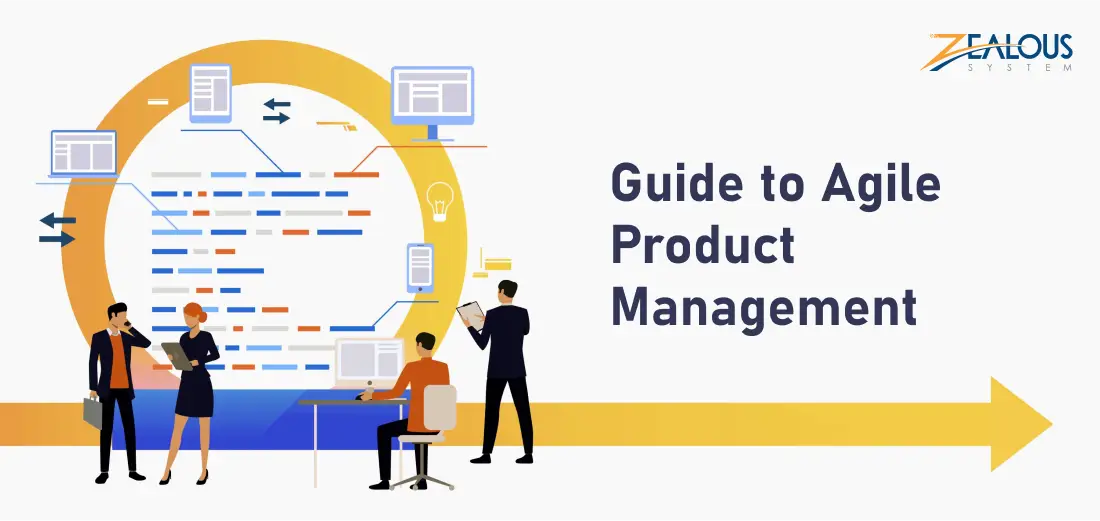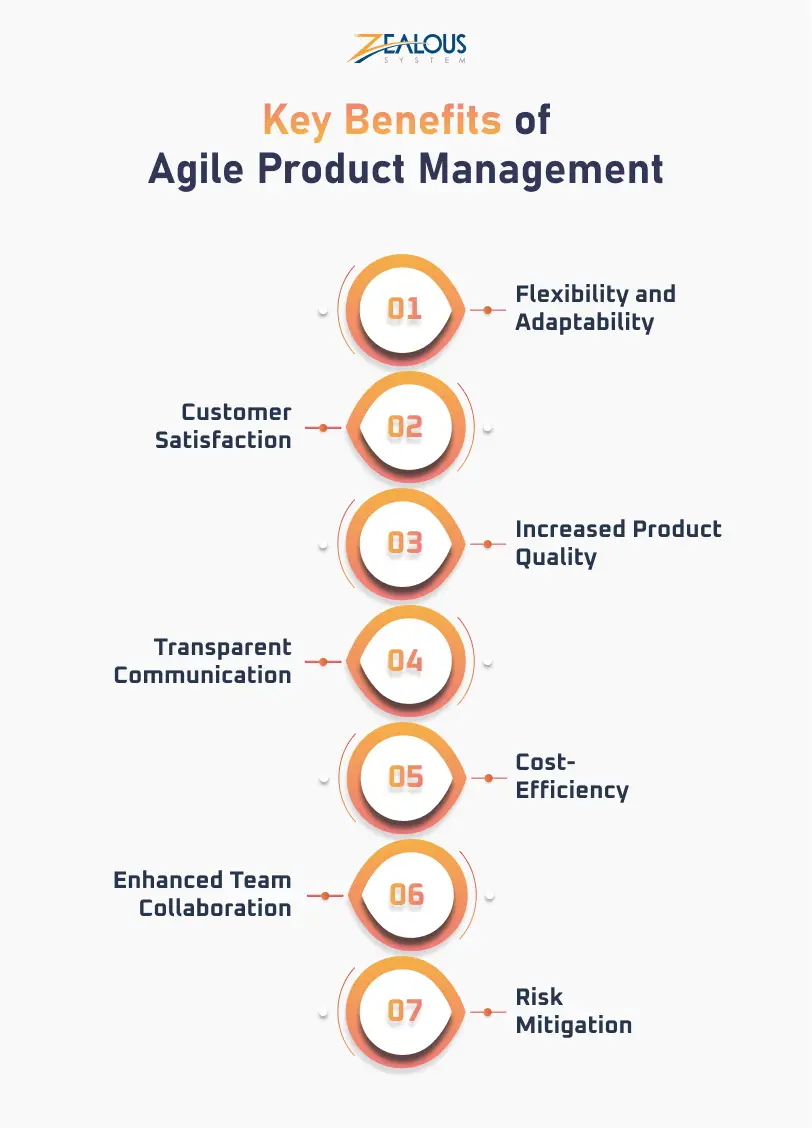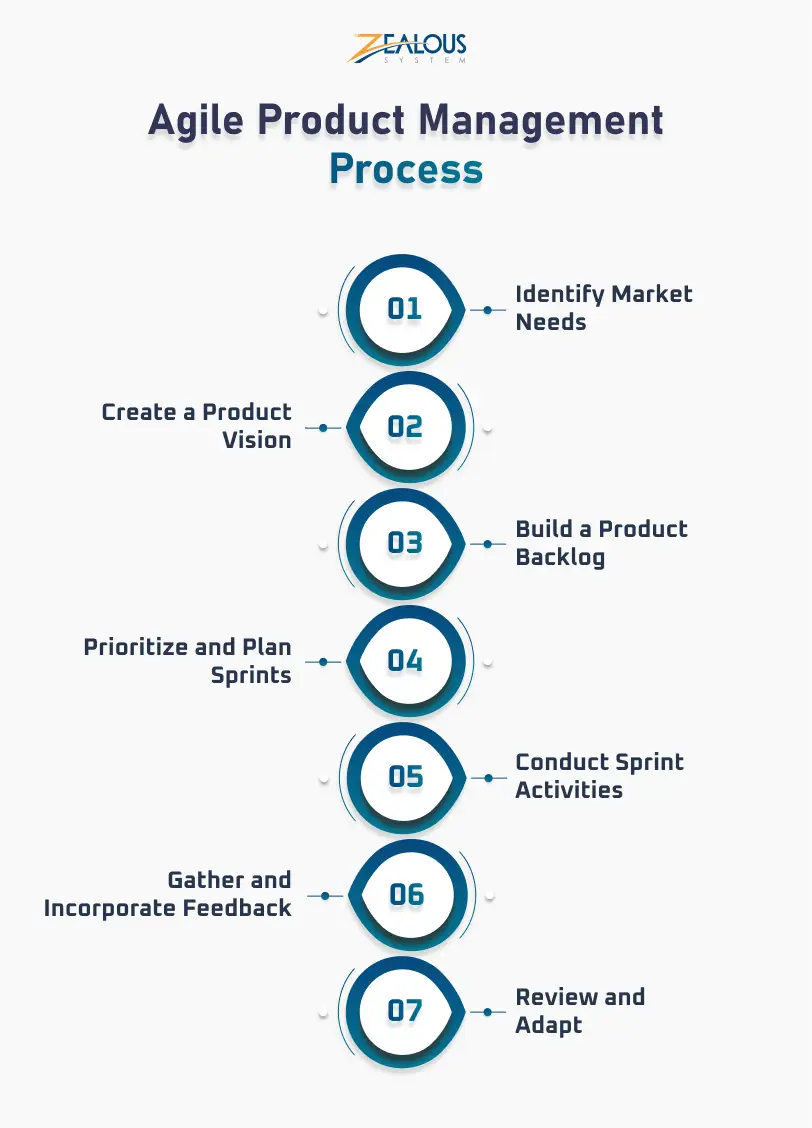
- Company
- Services
- UI/UX Design Services
- Microsoft Dynamics 365
- Mobile App Development
- AI Software Development
- Web App Development
- Generative AI Development
- Digital Product Development
- Enterprise Mobility
- SaaS Application Development
- Application Integration
- White-label WP Maintenance
- ERP Software Solutions
- Software Testing
- Offshore Development Center
- Let’s Connect
- Trending
- Technology
- Industry
- Build Your Team
- Our Work
- Company
- Services
- UI/UX Design Services
- Microsoft Dynamics 365
- Mobile App Development
- AI Software Development
- Web App Development
- Generative AI Development
- Digital Product Development
- Enterprise Mobility
- SaaS Application Development
- Application Integration
- White-label WP Maintenance
- ERP Software Solutions
- Software Testing
- Offshore Development Center
- Let’s Connect
- Trending
- Technology
- Industry
- Build Your Team
- Our Work
We use cookies and similar technologies that are necessary to operate the website. Additional cookies are used to perform analysis of website usage. please read our Privacy Policy
Agile Product Management: Benefits, Best practices, Process, Frameworks

Agile product management is a job that helps make and sell products. The people in agile product management take care of everything from creating the product to deciding how much it should cost. They always think about what the customers want and make sure their opinions are considered.
Product managers work to make sure the product is the best it can be. They speak up for the customers and make sure the company listens to what people in the market are saying. This way, they can create products that work well and people like.
In the tech world, where new and better products come out all the time, understanding what customers want is super important. Product managers play a big role in making sure the company makes products that customers will love.
What is Agile Product management?
Agile product management is an approach to managing and creating products in a flexible and collaborative way. Instead of following a rigid plan, it focuses on adapting to change and responding to customer needs quickly.
In Agile product management, dedicated development team work in short cycles, called sprints, to develop and release small increments of a product. This allows for regular feedback from customers, making it easier to adjust the product based on real-time input.
Key Benefits of Agile Product Management:
Agile product management offers several benefits that contribute to more effective and customer-centric product development. Here are some key advantages:
1. Flexibility and Adaptability:
Agile product management benefits from the ability to respond quickly to changes in customer needs or market conditions. Agile provides a flexible framework that enables adjustments, facilitating adaptability crucial for staying responsive to dynamic customer requirements and market shifts.
This responsiveness to change is a fundamental advantage of Agile product management, ensuring that products can evolve in alignment with shifting market demands and customer preferences.
2. Customer Satisfaction:
Continuous collaboration with customers and regular product releases are fundamental principles of agile product management. This close interaction enables the prompt incorporation of customer feedback, leading to a product that better aligns with expectations and ultimately drives higher satisfaction, a core benefit of agile product management.
3. Increased Product Quality:
Regular testing and feedback during short development cycles, a hallmark of agile product management, helps identify and address issues early, contributing to a higher-quality product. By using agile practices, you can leverage this benefit alongside numerous others, such as faster time to market, enhanced user experience, and increased adaptability.
4. Transparent Communication:
Agile methodologies promote open communication within cross-functional teams, contributing significantly to the benefits of agile product management. This transparency fosters a collaborative environment, a key aspect of effective agile product management.
5. Cost-Efficiency:
One of the key benefits of agile product management lies in its ability to detect issues and adapt to changing requirements early in the development process. This early detection advantage offers significant cost savings, preventing costly rework later on.
6. Enhanced Team Collaboration:
Agile product management benefits from the close collaboration of cross-functional teams. This teamwork improves creativity, shared ownership, and a collective commitment to delivering a successful product. These elements are essential for effective team dynamics within the agile methodology.
For organizations looking to leverage agile methodologies for their projects, partnering with a trusted mobile application development company can further enhance collaboration and ensure the successful delivery of innovative mobile solutions.
Key Agile Product Management Frameworks:
Several Agile frameworks guide your product development journey, each offering a unique perspective:
1. Scrum:
Scrum is one of the key Agile product management frameworks, emphasizing teamwork, collaboration, and iterative progress. It divides the development process into short cycles called sprints, typically lasting two to four weeks. Each sprint involves planning, daily meetings, and a review to ensure the team is on track.
Scrum provides clear roles, such as Product Owner and Scrum Master, and defined ceremonies, fostering a structured yet flexible approach to product development.
2. Kanban:
Kanban is a visual framework that focuses on continuous delivery and smooth workflow. It uses a Kanban board to visualize tasks and their status, helping teams manage and optimize their processes.
Unlike Scrum, Kanban doesn’t have fixed timeframes; instead, it allows for a continuous flow of work. This flexibility makes Kanban suitable for teams with varying workloads and tasks that don’t fit neatly into predefined sprints.
3. Lean Startup:
The Lean Startup framework combines Agile principles with lean thinking to build products more efficiently. It encourages a validated learning approach, where startups develop a minimum viable product (MVP) to quickly test assumptions and gather feedback.
This iterative cycle of build-measure-learn enables quick adjustments based on market responses. Lean Startup is particularly valuable for digital product development and startups aiming to minimize waste and maximize learning in the early stages.
Core Principles of Agile Product Management:
Agile product management is guided by several core principles that prioritize customer satisfaction, flexibility, and continuous improvement. Here are the key principles:
1. Customer-Centric Focus:
Agile product management centers around understanding and satisfying customer needs. It involves continuous collaboration with customers throughout the development process, ensuring that the final product aligns with their expectations and preferences.
2. Iterative and Incremental Development:
Agile emphasizes breaking down the product development process into small, manageable increments. Through iterative cycles, teams build and release parts of the product in short intervals, allowing for regular feedback and adjustments.
3. Continuous Improvement:
Agile promotes a culture of continuous improvement, often referred to as “Kaizen.” Teams regularly reflect on their processes, learn from their experiences, and implement enhancements. This principle ensures that the product development approach evolves over time for better efficiency and effectiveness.
5. Empowering Teams:
Agile product management empowers self-organizing teams, giving them the autonomy to make decisions and take ownership of their work. This empowerment enhances creativity, accountability, and overall team morale.
6. Transparent Communication:
Open and transparent communication is vital in Agile product management. Regular communication within the team and with stakeholders ensures that everyone is informed, aligned, and able to contribute to the project’s success.
Agile Product Management Process: 7 Best Practices
The agile product management process involves a series of iterative steps aimed at delivering a customer-focused and adaptable product. Here are the main seven steps in the agile product management process:
1. Identify Market Needs:
Begin by understanding and identifying market needs. Engage with customers, stakeholders, and market trends to gather insights and define the problem or opportunity your product aims to address.
2. Create a Product Vision:
Develop a clear and compelling product vision that aligns with the identified market needs. This vision serves as a guiding force for the entire agile product development process and ensures everyone involved understands the overarching goals.
3. Build a Product Backlog:
Create a prioritized product backlog, which is a dynamic list of features, enhancements, and fixes that need attention. The backlog is continuously refined based on customer feedback, market changes, and team insights.
4. Prioritize and Plan Sprints:
Prioritize items from the product backlog for each sprint. Sprints are short, time-boxed development cycles (usually two to four weeks) where the team focuses on delivering specific, high-priority features. Planning involves deciding which backlog items to address in each sprint.
5. Conduct Sprint Activities:
During the sprint, the development team works on the selected backlog items. Daily stand-up meetings keep the team aligned, and regular reviews and retrospectives ensure continuous improvement. The goal is to produce a potentially shippable product increment by the end of each sprint.
6. Gather and Incorporate Feedback:
Actively seek feedback from customers, stakeholders, and team members throughout and at the end of each sprint. This feedback loop is crucial for validating assumptions, adjusting priorities, and ensuring the product meets customer expectations.
7. Review and Adapt:
At the end of each sprint and periodically throughout the product development process, conduct a review and adaptation phase. Evaluate the product’s progress, assess feedback, and adjust the product backlog and plans accordingly. This step emphasizes continuous improvement and ensures the product remains aligned with market needs.
Overcoming Common Agile Product Management Challenges:
No journey is without its hurdles. Here are some common agile product management challenges and how to navigate them:
- Team Resistance: Address concerns through clear communication, training, and showcasing the benefits of Agile.
- Scope Creep: Utilize effective prioritization techniques and manage stakeholder expectations clearly.
- Incomplete User Stories: Invest in user research and detailed story creation to ensure clarity and focus.
- Lack of Communication: Foster open communication channels and encourage regular collaboration within and across teams.
- Metrics & Measurement: Define clear metrics aligned with your product goals and track progress regularly to stay on course.
Real-World Examples of Agile Product Management:
Many companies have successfully adopted Agile product management, reaping significant rewards:
- Spotify: Continuous user feedback and iterative development have helped Spotify stay ahead of the curve in the music streaming industry.
Netflix: Agile practices enabled Netflix to rapidly respond to changing user preferences and become a dominant force in video streaming.
Paypal: By adopting Agile, Paypal improved its development speed and efficiently delivered innovative payment solutions.
Conclusion:
Agile product management has become a cornerstone for organizations striving to navigate the complexities of today’s business landscape. By embracing its benefits, adopting best practices, and leveraging frameworks, teams within a software development company can enhance flexibility, collaboration, and customer satisfaction.
Despite the challenges, real-world success stories demonstrate the transformative power of Agile in delivering innovative and customer-focused products. As businesses continue to evolve, Agile product management stands as a guiding principle for those seeking to thrive in dynamic and competitive markets.
Read Also:
We are here
Our team is always eager to know what you are looking for. Drop them a Hi!
Pranjal Mehta
Pranjal Mehta is the Managing Director of Zealous System, a leading software solutions provider. Having 10+ years of experience and clientele across the globe, he is always curious to stay ahead in the market by inculcating latest technologies and trends in Zealous.
Table of Contents
×



Comments